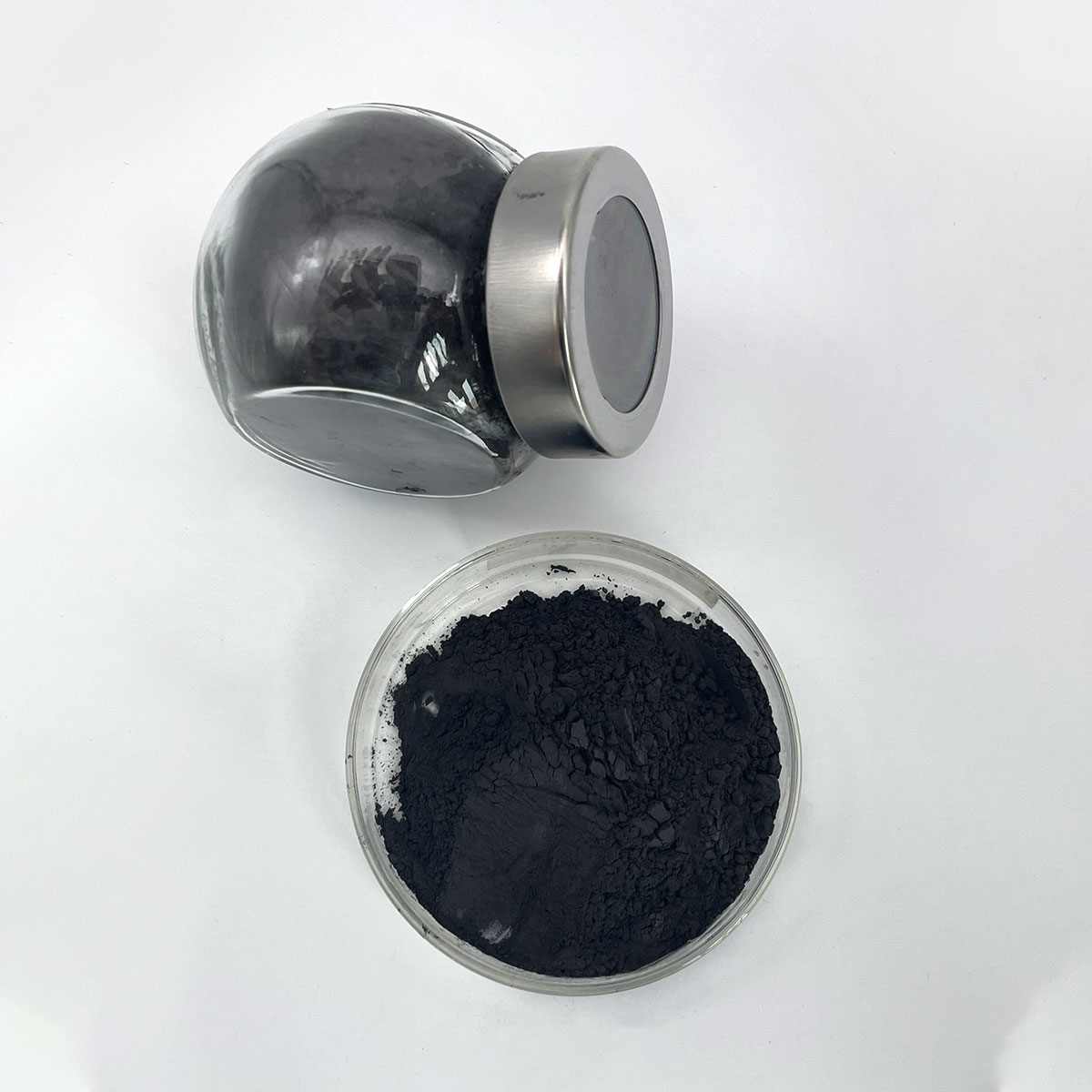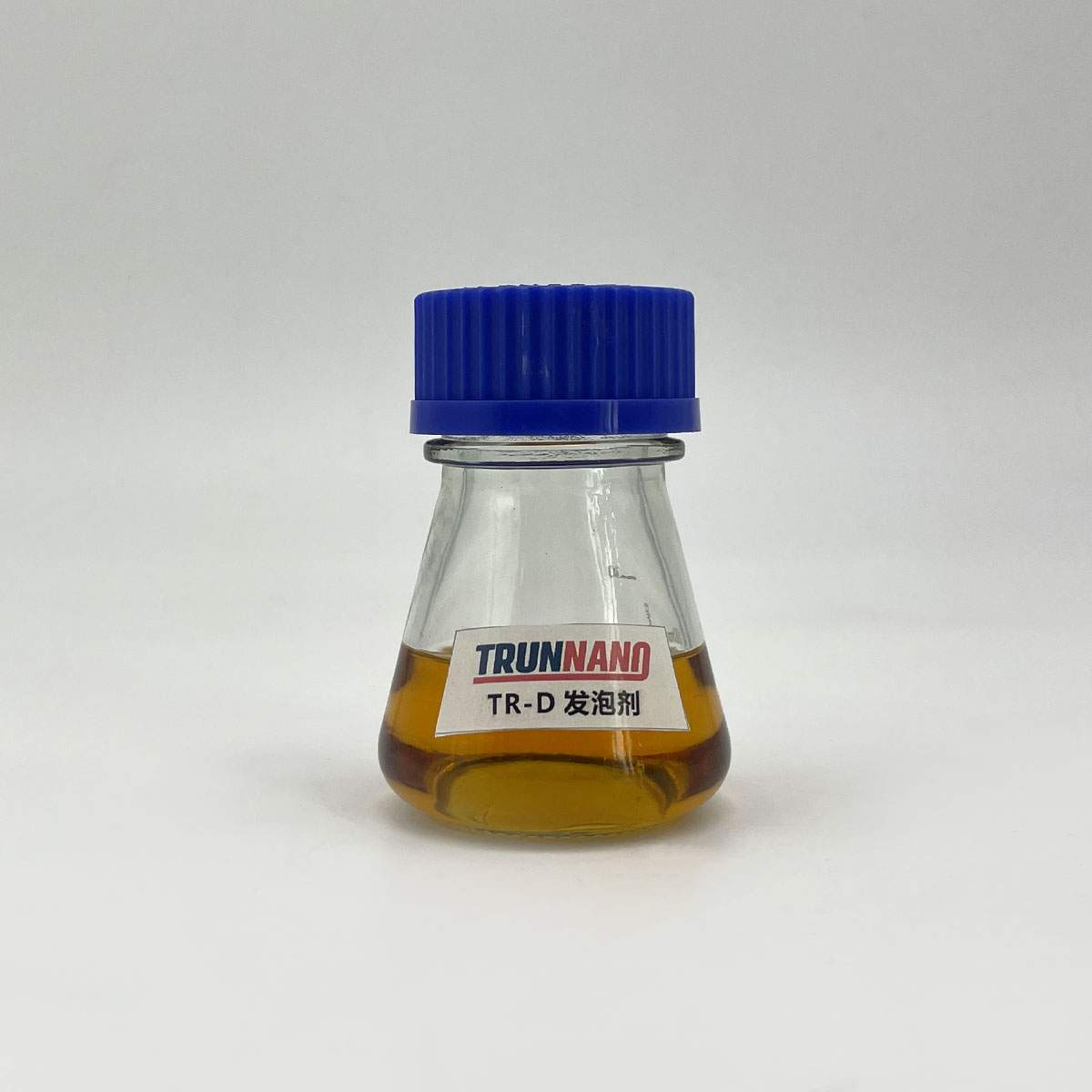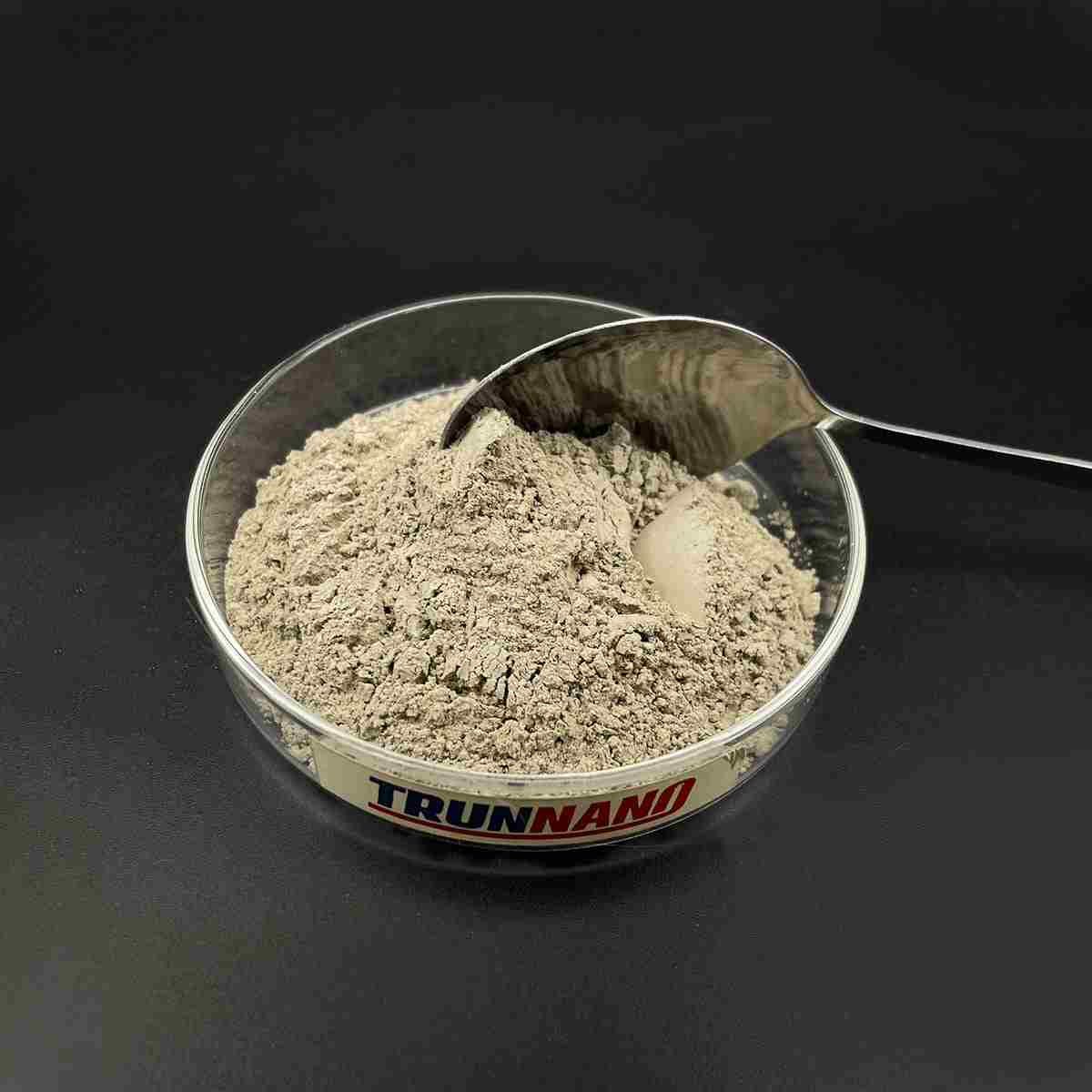Overview of Bismuth Telluride CAS 1304-82-1 Thermoelectric Materials 99.99% min Bi2Te3 Powder
Telluride and selenide compounds play a significant role in the field of semiconductors, particularly in the development of advanced electronic and optoelectronic devices. These materials belong to the chalcogenide family, characterized by their ability to form compounds with elements from groups IV-VI in the periodic table.
Tellurides: Compounds containing tellurium (Te) as the chalcogen. Examples include cadmium telluride (CdTe), mercury telluride (HgTe), and zinc telluride (ZnTe). These materials have found applications in solar cells, infrared detectors, and high-speed electronics due to their tunable bandgap, high electron mobility, and good thermal stability.
Selenides: Similar to tellurides, but with selenium (Se) replacing tellurium. Notable examples are cadmium selenide (CdSe), gallium selenide (GaSe), and zinc selenide (ZnSe). Selenide compounds are widely used in light-emitting diodes (LEDs), laser diodes, and solar cells due to their direct bandgap properties and efficient light absorption/emission capabilities.
Feature of Bismuth Telluride CAS 1304-82-1 Thermoelectric Materials 99.99% min Bi2Te3 Powder
Direct Bandgap: Many telluride and selenide semiconductors have direct bandgaps, which facilitate efficient light emission and absorption processes. This makes them suitable for optoelectronic applications such as LEDs and lasers.
Tunable Bandgap: The bandgap of these materials can be adjusted by alloying or altering the composition (e.g., CdSe to CdTe), enabling customization for specific device requirements across a wide spectrum of wavelengths.
High Electron Mobility: Materials like HgCdTe exhibit high electron mobility, which is crucial for high-speed electronic devices and low-noise detector applications.
Thermal Stability: Some tellurides and selenides, like ZnTe and ZnSe, demonstrate good thermal stability, making them suitable for high-temperature operation and processing.
Non-Toxic Alternatives: With increasing environmental concerns, there’s a push towards exploring less toxic alternatives to commonly used semiconductors. For instance, Cd-based tellurides and selenides are being replaced or combined with less toxic elements like Mg or Mn in some applications.

(Bismuth Telluride CAS 1304-82-1 Thermoelectric Materials 99.99% min Bi2Te3 Powder)
Parameters of Bismuth Telluride CAS 1304-82-1 Thermoelectric Materials 99.99% min Bi2Te3 Powder
Bismuth Telluride, also known by its chemical formula Bi2Te3, is a fascinating thermoelectric material with the CAS number 1304-82-1. This compound consists of two atoms of bismuth (Bi) combined with three tellurium (Te) atoms, forming a crystalline structure that exhibits exceptional properties for energy conversion applications. At a minimum purity level of 99.99%, Bi2Te3 powder is widely employed in various industries, particularly in the field of thermoelectricity.
The primary characteristic of Bi2Te3 as a thermoelectric material lies in its ability to convert temperature differences into electrical voltage. When there is a temperature gradient across the material, a Seebeck effect takes place, causing a flow of electricity without the need for an external applied voltage. This property makes it highly desirable for waste heat recovery and power generation in devices such as refrigerators, power plants, and automotive systems.
One of the key advantages of Bi2Te3 is its high thermoelectric figure of merit (ZT), which is a measure of its efficiency in converting thermal energy to electrical energy. A higher ZT value indicates better performance. Although other materials like tellurides and skutterudites have surpassed Bi2Te3 in terms of ZT values, Bi2Te3 remains a popular choice due to its relatively low cost, ease of fabrication, and compatibility with other materials in composite structures.
The high purity of 99.99% Bi2Te3 powder ensures minimal impurities, leading to improved reliability and consistent performance. The crystal structure, which is typically rhombohedral, contributes to its efficient phonon scattering, further enhancing its thermoelectric performance. The material’s thermal stability is another crucial aspect, as it maintains its properties over a wide range of temperatures, making it suitable for various operational conditions.
In recent years, research has focused on optimizing the synthesis methods to enhance the properties of Bi2Te3, such as nanostructuring or doping with other elements. These modifications can lead to enhanced carrier mobility, improved electrical conductivity, and reduced lattice thermal conductivity, ultimately boosting the overall thermoelectric efficiency.
Moreover, Bi2Te3 is being explored for applications in next-generation electronic devices, including wearable electronics, where its lightweight and thin-film characteristics make it an attractive candidate. It is also gaining interest in quantum computing and spintronics due to its unique electronic properties.
In conclusion, Bismuth Telluride (CAS 1304-82-1) with a purity of 99.99% is a highly sought-after thermoelectric material due to its inherent properties, versatility, and potential for improvement through advanced processing techniques. Its ability to convert temperature differences into electricity makes it an essential component in various energy-related technologies, positioning it as a key player in the pursuit of sustainable energy solutions.

(Bismuth Telluride CAS 1304-82-1 Thermoelectric Materials 99.99% min Bi2Te3 Powder)
FAQ of Semiconductor Materials
Inquiry us






